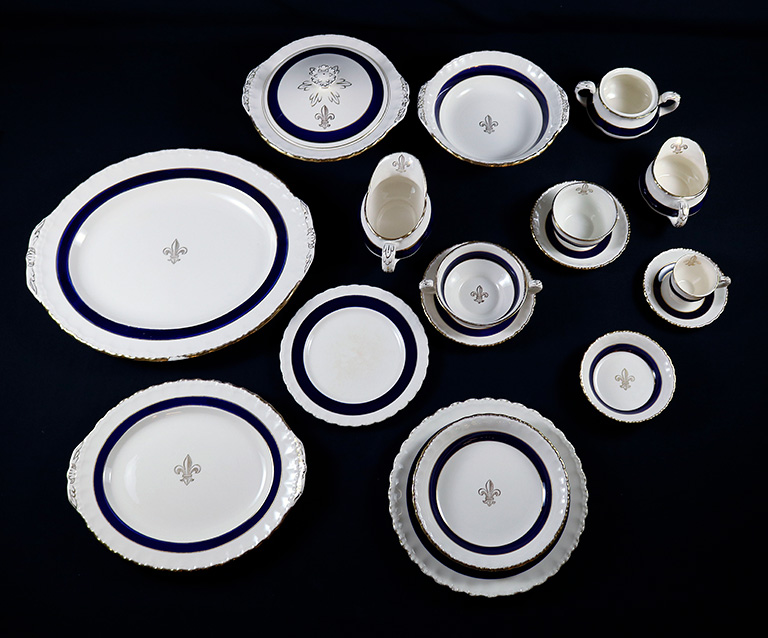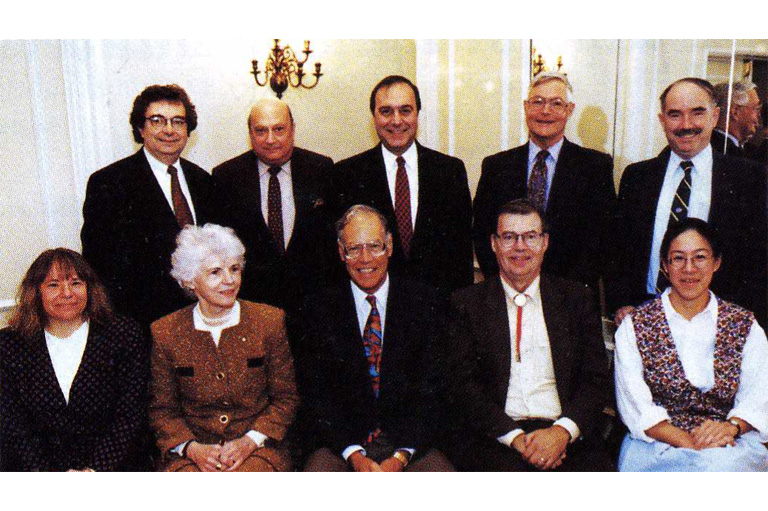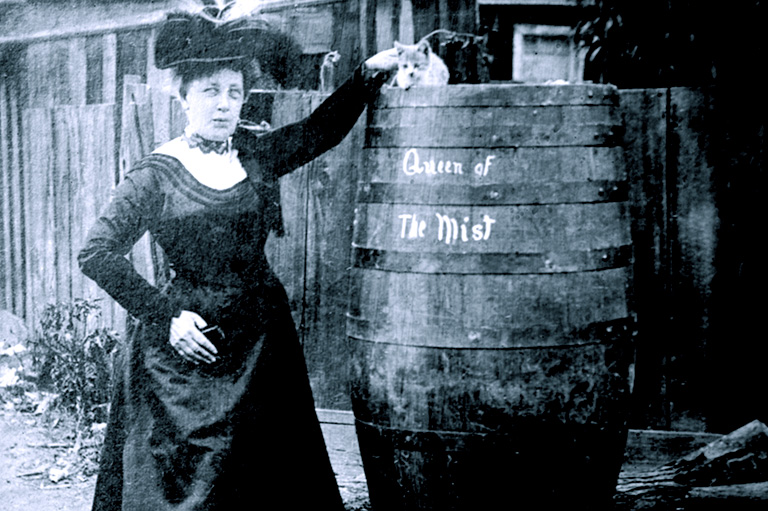Dishware Set

In 1947, Jean-Paul Charland designed this dishware set for the Café du Parlement in Quebec. Its central fleur-de-lys motif symbolizes the long French tradition in Canada. In New France, the fleur-de-lys adorned crosses, coins, official documents, and flags, and served as a unifying symbol for French settlements and their inhabitants.
Abandoned after the conquest of New France, the fleur-de-lys remained in the communal memory of North American francophones, only to be revived at the end of the nineteenth century. Efforts to create a flag for the francophones of North America led to the Carillon-Sacré-Coeur, which features a white cross on a blue background with a fleur-de-lys in each quadrant, and sometimes a central image of the Sacred Heart of Jesus. After a public campaign and strong political pressure, the Legislative Assembly of Quebec adopted the fleur-de-lysé as the official flag of the province in 1948. Other French-speaking communities in Canada later added the fleur-de-lys to their official symbols.
The Quebec fleur-de-lysé immediately became a nationalist rallying symbol, particularly during the rise of the sovereignty movement in the 1960s and beyond, and also served as an internationally-recognized emblem of the Quebec nation.
With 7 uniquely curated newsletters to choose from, we have something for everyone.
Themes associated with this article
Advertisement




